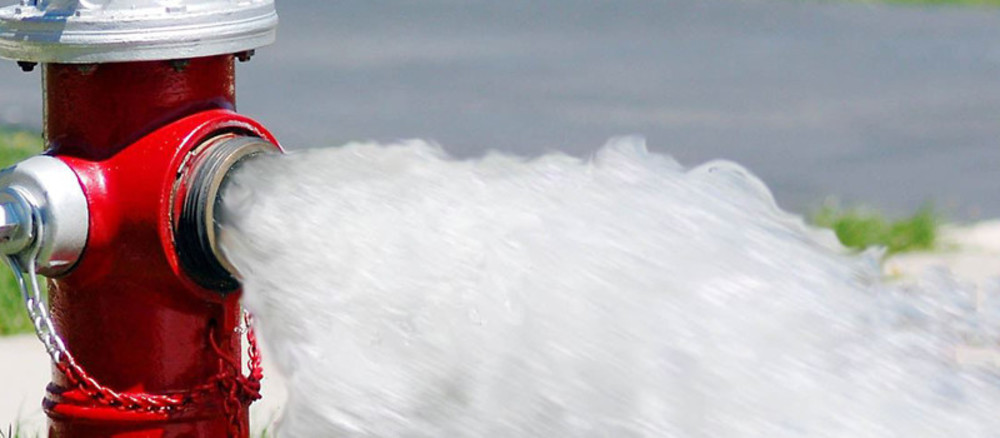Water Line Flushing Program

Every summer, the City of Bathurst activates a comprehensive flushing program of its water distribution network. The goal of this program is to ensure that the drinking water quality is at its optimal level and to properly maintain the City’s water distribution system.
This is a multi-year recurring program, executed in a specific order, with the water distribution system being divided into strategic zones. Please note that the annual UDF program is a separate initiative to the reactive hydrant flushing that may happen throughout the year.
Frequently Asked Questions
Water line flushing improves water quality by removing sediment that
slowly builds up at the bottom of the watermain over time. It is a
process by which water is moved through a water pipe at a high
velocity so that a scouring action is created. Water is then
discharged through a hydrant, removing any material build-up from
the pipe.
Unidirectional Flushing (UDF) is a standard industry practice used
to scour and clean the watermains. This technique involves a
high-pressure, high-velocity water flow going in a single direction
through a single pipeline. During the UDF process, a section of the
watermain is isolated and water is forced through it at high speed,
then discharged through a fire hydrant. The hydrant is left open
until the water is cleared.
Residents can register to VoyentAlert to receive notifications regarding flushing operations in their neighbourhood.
Flushing will generally occur between 8:00 a.m. and 4:00 p.m. Monday to Friday (excluding statutory Holidays). There may be a slight drop in pressure or noticeable discolouration of the water from the minerals and sediments that are being flushed out. Water service will not be interrupted during the flushing process.
Water may be discoloured after watermain cleaning, but this should not last long. In the event you draw discoloured water into your home, the City of Bathurst advises customers to open a cold water tap for up to 15 minutes every few hours to verify if the line has cleared. As a precaution, prior to using hot water, run the cold water tap for a few minutes to ensure discoloured water is not drawn into your hot water tank.
It takes between 30 to 60 minutes to flush a watermain section.
It is safer for crews to work on the street during daylight hours. As well, the daylight provides better visibility to see when all the sediment has been flushed out and the water is running clear.
No. In fact, it is a normal and necessary part of maintaining a safe and reliable drinking water supply. After the UDF process, the water is dechlorinated and reintroduced in the environment.
Yes. In addition to removing more sediment and using less water than conventional flushing, water system valves and hydrants are also exercised and maintained.
Many cities have some type of flushing program to clean the watermains (e.g. conventional flushing or UDF). UDF is considered the best way to improve water quality and increase the reliability of the water distribution system.